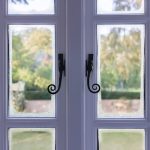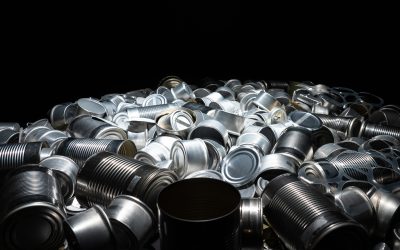If you are an American engineer, you are probably a member of the American Society of Mechanical Engineers (ASME). Manufacturers and fabricators are also highly aware of the ASME. It is responsible for establishing codes and standards to address potential risks and actual safety issues in the production of materials, components, and products. One of its oldest and most influential publications in this area is the Boiler and Pressure Vessel Code (BPVC). It includes ASME SB-637, a specific code governing forging and fabrication of certain non-ferrous stock for high-pressure usage.
The BPVC and ASME SB
The ASME dates back to 1880 when it was launched by a small group of concerned industrialists in the United States. A volunteer, non-profit organization, it now has over 120,000 members throughout more than 140 countries. Although it now has approximately 600 codes and standards extended over diverse technical areas, it began small with the publication in 1914 of its now legendary Boiler and Pressure Vessel Code (BVPC).
ASME SB specifically relates to the material specifications for nonferrous materials. Located in “ASME BPVC Section II – Materials” Part B of what are four parts, it addresses the specifications for the following:
- Mechanical properties
- Heat treatment
- Composition
- Testing
For example, directs tests and analysis for fatigue and other issues in precipitation hardening for nickel alloys in bolting for construction and bars, forging and forging stock intended for high-temperature service.
BVP and ASME SB-637
The work of the ASME in establishing and continually working to update ASME SB-637 is a way of ensuring manufacturers and fabricators adhere to equipment specifications. The setting of standards helps to keep the public and employees safe from potential risks from faulty and unsuitable equipment. ASME continues to update, enhance and expand their codes and standards, working with engineers, companies and the government to make certain everyone safely and uniformly achieves their goals.








